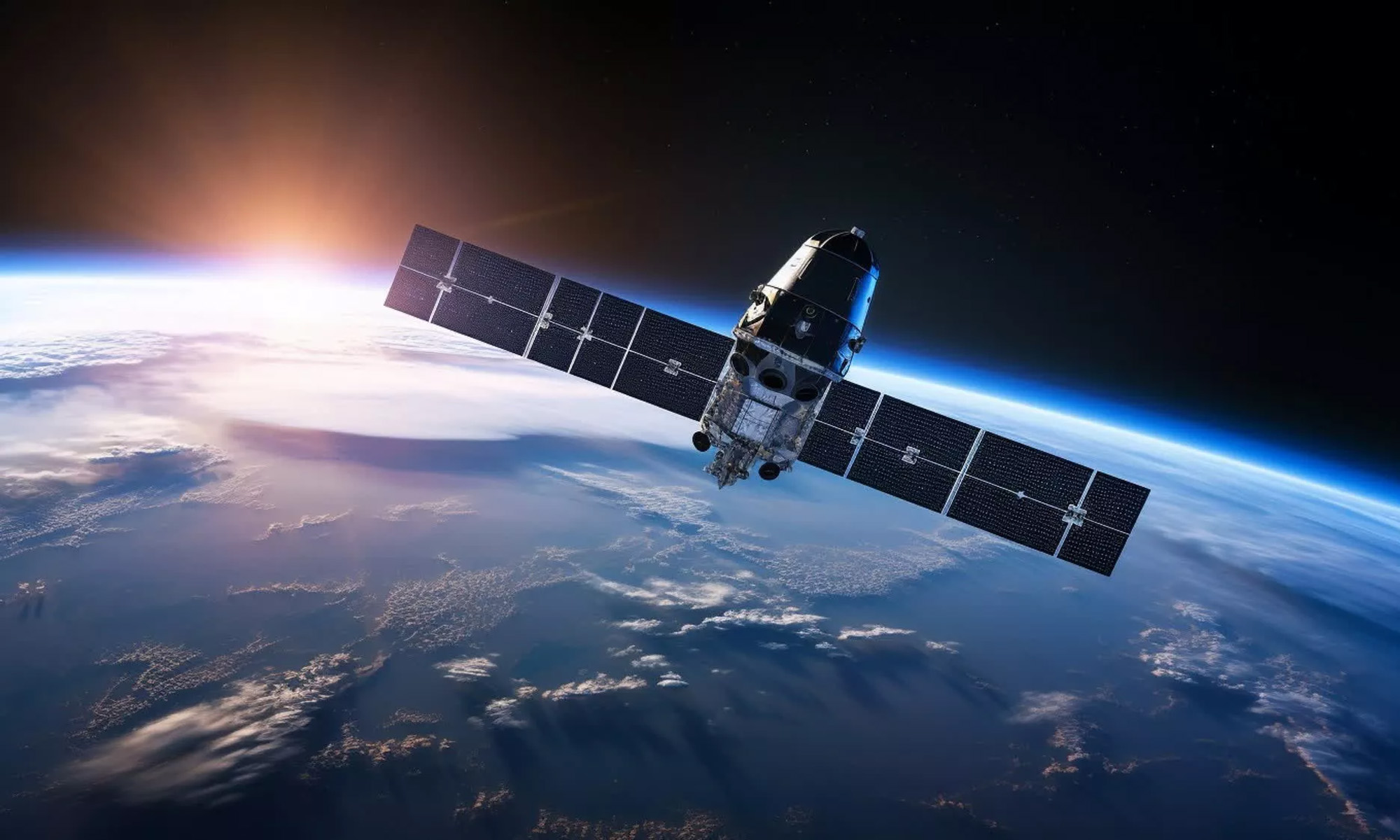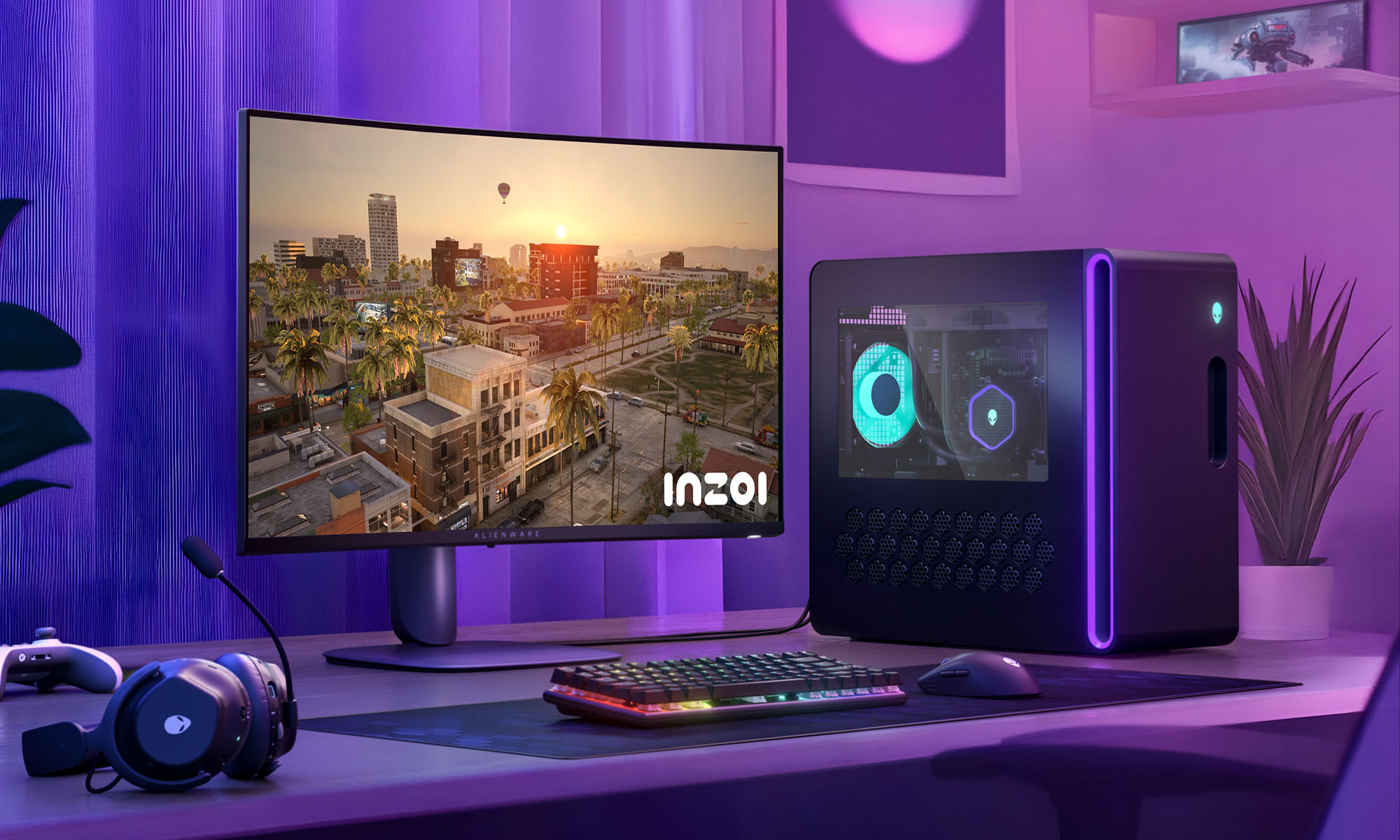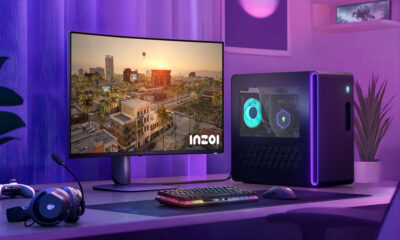News
Viasat Satellite Messaging Tech Showcased In Saudi Arabia
The direct-to-device (D2D) demonstration highlighted the technology’s potential to revolutionize remote communication.

Satellite communications firm Viasat announced yesterday that it had completed its first demonstration of direct-to-device (D2D) satellite connectivity technology in Saudi Arabia. The live broadcast took place during the “Connecting the World from the Skies” event in Riyadh, organized by Saudi Arabia’s Communications, Space & Technology Commission (CST) alongside the International Telecommunication Union (ITU).
Attendees witnessed successful satellite-based two-way messaging and SOS alerts sent using commercial Android smartphones and a combination of Viasat’s robust L-band satellite network and the Bullitt over-the-top messaging app. Signals were transmitted using the company’s L-band spacecraft positioned over the Indian Ocean, while the infrastructure for 3GPP NTN services was deployed by Viasat’s partner Skylo.
Sandeep Moorthy, Viasat’s Chief Technical Officer, emphasized the significance of the demonstration, explaining, “By expanding our direct-to-device innovation to the Kingdom of Saudi Arabia, we’re showcasing the potential for D2D services in the fast-growing Gulf and Asia-Pacific region. D2D could help reduce barriers to connectivity in regions where terrestrial services are spotty and unavailable to help transform industries and supply chains, enable new opportunities, and to become more efficient, sustainable and safer. We’d like to thank the CST for their support in carrying out this exciting demonstration”.
Also Read: Joby Begins Construction Of Dubai’s First Vertiport For Air Taxis
D2D technology allows devices like smartphones, vehicles, and industrial equipment to connect seamlessly to both satellite and terrestrial networks. Unlike traditional satellite setups, D2D eliminates the need for extra hardware, thanks to emerging global standards that are gaining traction among satellite operators, mobile network providers, and tech manufacturers.
What makes this approach particularly promising is that Viasat uses a licensed, dedicated satellite spectrum to deliver its D2D services. This avoids any interference with existing terrestrial networks, allowing smooth integration with mobile network operators in the future.
The demonstration clearly showed the potential of D2D technology to bridge connectivity gaps in remote regions while opening up opportunities for innovation, improved safety, sustainability, and efficiency.
News
Alienware Just Announced Six New Gaming Monitors
The new models include three QD-OLED and three budget-friendly QHD options, expanding the company’s lineup for all gamers.

Alienware has just updated its gaming monitor lineup with six new additions, including the highly anticipated Alienware 27 4K QD-OLED Monitor. The latest wave of releases is set to reach more gamers than ever, offering high-end QD-OLED displays alongside more budget-friendly options.
The latest displays clearly show that the company is doubling down on QD-OLED with three new models sporting the technology. A redesigned Alienware 34 Ultra-Wide QD-OLED Monitor is also making a return, further refining what is already a fan-favorite display.
A Unified Design: The AW30 Aesthetic
All six monitors feature Alienware’s new AW30 design language, first introduced at CES. The AW30 aesthetic brings a futuristic, minimalist look that unites the entire lineup under a cohesive visual identity.
Pushing QD-OLED Even Further
The refreshed Alienware 34 Ultra-Wide QD-OLED Monitor (AW3425DW) builds on its predecessor’s success with a 240Hz refresh rate (up from 175Hz) and HDMI 2.1 FRL support. It also gains G-SYNC Compatible certification alongside AMD FreeSync Premium Pro and VESA AdaptiveSync, ensuring ultra-smooth performance. With a WQHD (3440×1440) resolution and an 1800R curve, this display enhances immersion for both gaming and cinematic experiences.
For those who crave speed, the Alienware 27 280Hz QD-OLED Monitor (AW2725D) pairs a high refresh rate with QHD resolution, balancing sharp visuals with ultra-smooth gameplay. Meanwhile, the Alienware 27 4K QD-OLED Monitor (AW2725Q) delivers stunning clarity with an industry-leading pixel density of 166 PPI, making it the sharpest OLED or QD-OLED monitor available.
Also Read: Infinite Reality Acquires Napster In $207 Million Deal
Worried about OLED burn-in? Alienware’s entire QD-OLED lineup comes with a three-year limited warranty covering burn-in concerns, offering peace of mind for gamers investing in these high-end displays.
Bringing QHD To A Wider Audience
Alongside QD-OLED, Alienware is also releasing three new QHD gaming monitors aimed at more price-conscious gamers. The Alienware 34 Gaming Monitor (AW3425DWM), Alienware 32 Gaming Monitor (AW3225DM), and Alienware 27 Gaming Monitor (AW2725DM) provide a range of sizes and formats to suit different preferences:
- The Alienware 34 Gaming Monitor (AW3425DWM): An ultrawide (WQHD) option for a panoramic, immersive experience.
- The Alienware 32 Gaming Monitor (AW3225DM): A standard 16:9 panel for a traditional but expansive desktop setup.
- The Alienware 27 Gaming Monitor (AW2725DM): A 27” display offering the same performance in a more compact form factor.
All three gaming monitors feature a fast 180 Hz refresh rate, a 1ms gray-to-gray response time, and support for NVIDIA G-SYNC, AMD FreeSync, and VESA AdaptiveSync to eliminate screen tearing. Additionally, with 95% DCI-P3 color coverage and VESA DisplayHDR400 certification, these displays deliver vibrant colors and high dynamic range for lifelike visuals.


























